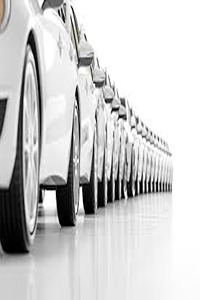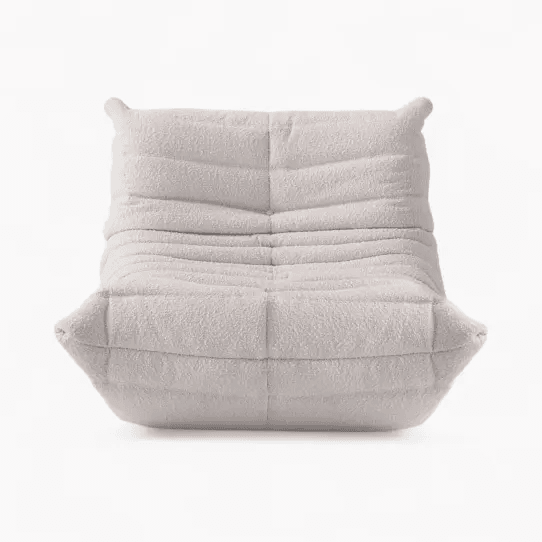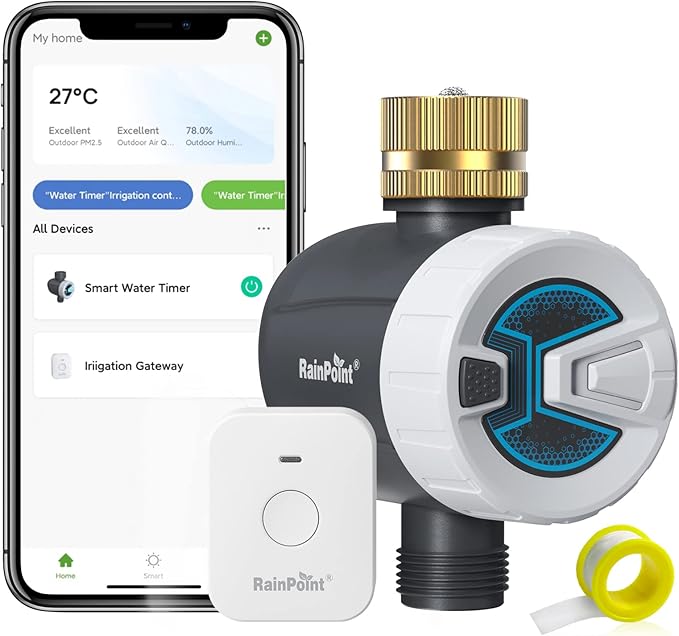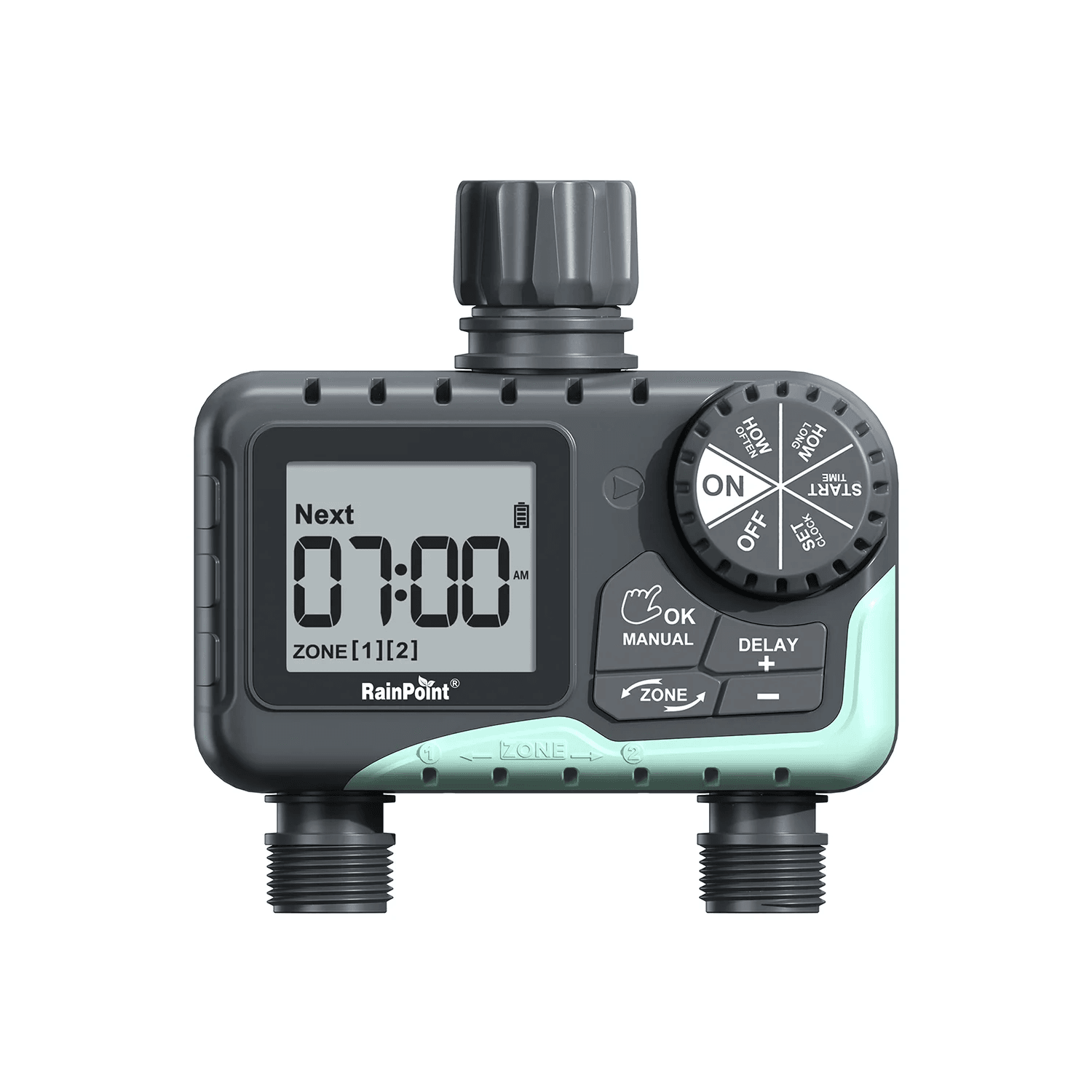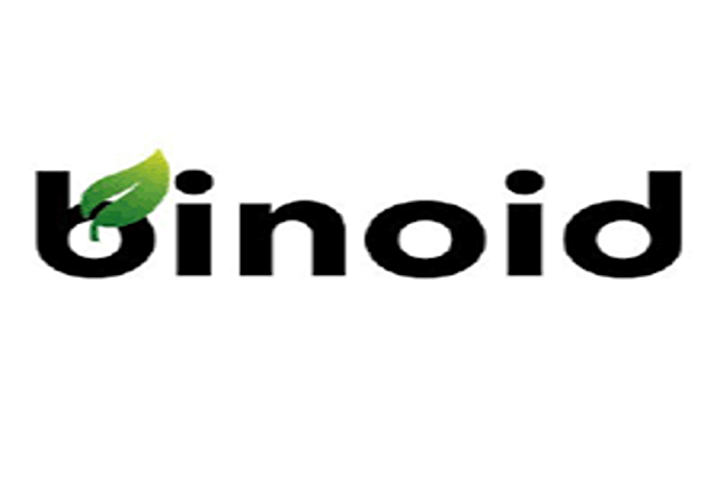Senior Fall Detection Technology: Enhancing Safety and Independence
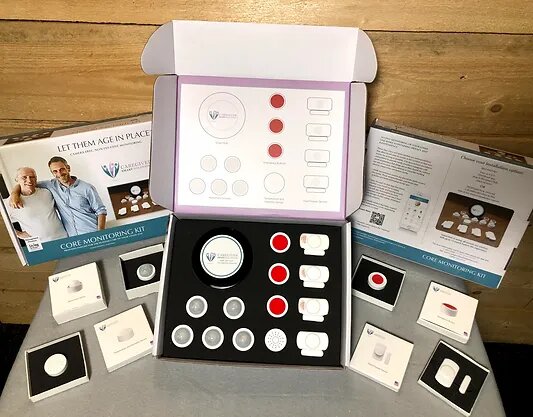
Strong 8k brings an ultra-HD IPTV experience to your living room and your pocket.
As the population of seniors continues to grow, so does the need for effective safety measures to address the unique challenges faced by older adults. One significant concern is the risk of falls, which can lead to serious injuries, loss of independence, and even death. Senior fall detection technology has emerged as a crucial tool in mitigating these risks, providing peace of mind for seniors and their families. This article explores the various aspects of senior fall detection technology, including how it works, its applications, benefits, and potential drawbacks.
1. What is Senior Fall Detection Technology?
Senior fall detection technology refers to devices and systems specifically designed to detect falls in older adults and alert caregivers or emergency responders when such an incident occurs. These technologies use advanced sensors and algorithms to identify unusual movements that indicate a fall, ensuring rapid assistance when needed.
Types of Senior Fall Detection Technology:
Wearable Devices: These include pendants, wristbands, and smartwatches equipped with sensors to monitor movements.
In-Home Sensors: Installed in key areas of the home, these sensors track movement patterns and alert caregivers if a fall is detected.
Smartphone Apps: Many smartphones now include apps that can detect falls and send alerts to designated contacts.
2. How Does Senior Fall Detection Technology Work?
Senior fall detection technology operates using a combination of hardware and software components designed to monitor movement and detect falls accurately.
Key Components:
Accelerometers: These sensors measure changes in speed and direction. When a sudden change in movement is detected, it may indicate a fall.
Gyroscopes: These devices measure the orientation of the body. A rapid shift from upright to lying down can signal a fall.
Machine Learning Algorithms: Advanced systems use algorithms to analyze data from sensors, differentiating between normal movements and potential falls.
Alert Mechanism:
Once a fall is detected, the system automatically sends an alert to pre-defined contacts, such as family members or emergency services, ensuring help is on the way.
3. Uses of Senior Fall Detection Technology
Senior fall detection technology has various applications that enhance the safety of older adults, particularly those living independently or in assisted living facilities.
Primary Uses:
Home Safety: Seniors can wear fall detection devices while at home, providing a safety net in case of falls.
Assisted Living Facilities: These systems can monitor multiple residents, ensuring that assistance is provided quickly when needed.
Active Lifestyles: Wearable devices enable seniors to remain active outdoors while ensuring they have access to immediate help in case of a fall.
Examples of Applications:
Daily Living: Senior fall detection technology allows seniors to perform daily activities with less fear of falling.
Monitoring Trends: The data collected by these devices can help caregivers identify trends in mobility and balance, enabling proactive interventions.
4. Benefits of Senior Fall Detection Technology
Enhanced Safety and Security
The most significant advantage of senior fall detection technology is the increased safety it provides. By ensuring that help can be summoned quickly, seniors can live independently with less fear of being alone in case of a fall.
Immediate Response
Senior fall detection technology allows for rapid response times, which can significantly affect the outcomes after a fall. The sooner medical assistance arrives, the lower the risk of severe injuries and complications.
Increased Independence
With the assurance that they can get help quickly, seniors are more likely to maintain an independent lifestyle, which can have positive effects on their mental and emotional well-being.
Health Monitoring
Many senior fall detection systems also track other health metrics, such as heart rate and physical activity levels. This data can be invaluable for caregivers and healthcare professionals in managing the overall health of seniors.
Peace of Mind
Families can feel more at ease knowing that their loved ones are equipped with senior fall detection technology, allowing them to live independently while minimizing risks.
5. Challenges and Disadvantages of Senior Fall Detection Technology
False Alarms
One common drawback of senior fall detection technology is the potential for false alarms. Everyday movements, such as bending down or sitting, can sometimes trigger alerts, leading to unnecessary concern and disruptions.
Cost Considerations
Senior fall detection technology can come with a price tag. Many devices require an initial investment, and some systems also include monthly subscription fees for monitoring services, which can add up over time.
Technology Adoption
Not all seniors are comfortable using technology. A learning curve exists for those unfamiliar with smart devices, potentially creating barriers to effective use. Family members may need to assist in setting up and maintaining these devices.
Reliance on Technology
While senior fall detection technology is helpful, it’s essential not to rely solely on it. Family members and caregivers must remain involved in seniors’ lives to provide emotional support and practical assistance when needed.
Privacy Concerns
Some seniors may feel uneasy about being monitored, especially in private spaces within their homes. This concern can deter them from using fall detection devices or systems.
6. Conclusion
Senior fall detection technology is a vital innovation in enhancing the safety and well-being of older adults. With various options available—ranging from wearable devices to in-home sensors—seniors can find solutions that fit their lifestyles and needs. The benefits of this technology, including improved safety, rapid response times, and increased independence, make it a worthy investment for both seniors and their families.
However, it’s essential to acknowledge the challenges associated with senior fall detection technology, including false alarms, costs, and potential reluctance to adopt new technology. By addressing these concerns and choosing the right system, seniors can enjoy the benefits of enhanced safety and independence while maintaining a high quality of life.
In an increasingly aging population, senior fall detection technology plays a crucial role in helping seniors live safely and independently, allowing them to continue enjoying life to the fullest. By embracing these technologies, we can create a safer and more supportive environment for our older loved ones.
Note: IndiBlogHub features both user-submitted and editorial content. We do not verify third-party contributions. Read our Disclaimer and Privacy Policyfor details.



